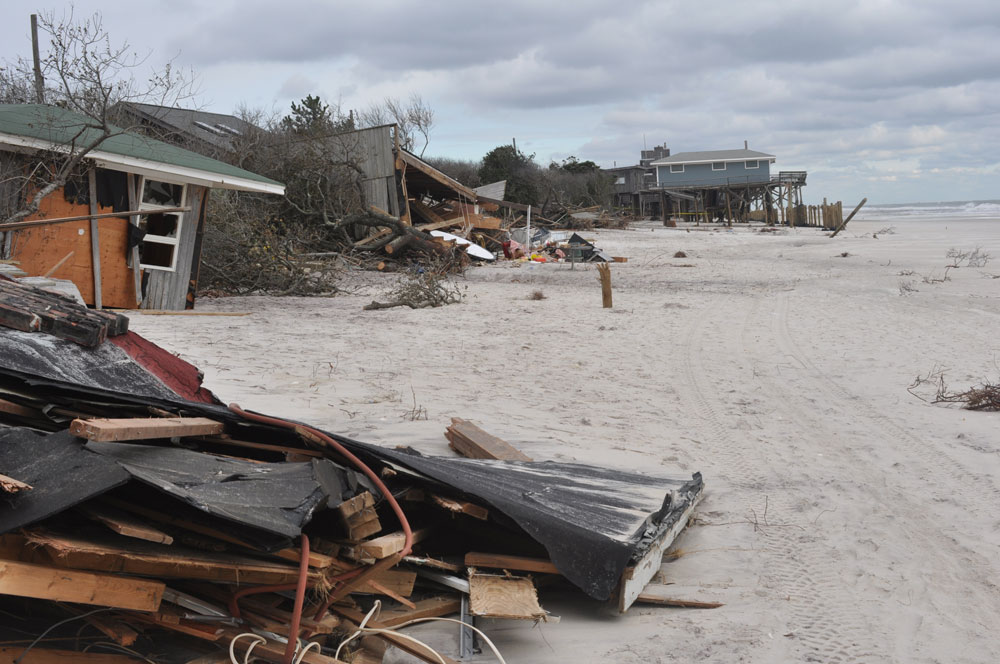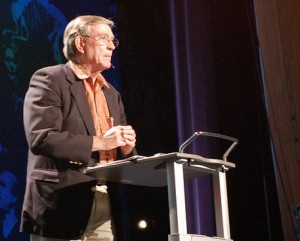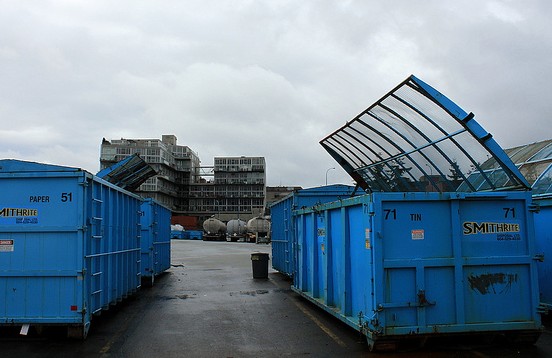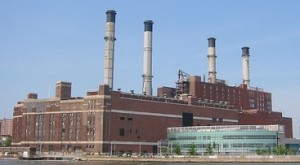Podcast: Play in new window | Download
Subscribe: RSS
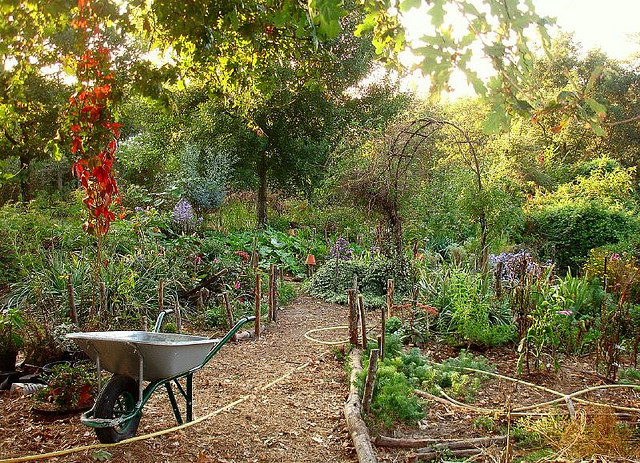
The bounty of Permaculture: Could it be the source of life after the death of the industrial age? (Photo by hardworkinghippy/Flickr)
The second story the Bible tells us, right after recounting how God created Heaven and Earth, and set humans up in a bountiful garden, is the story of how we got kicked out of the garden. Historians believe that the story of the Fall has been told for 10,000 years, which is about how long we’ve had agriculture. (Coincidence? I don’t think so.) For ten millennia we have lamented the exchange of a life of ease and plenty for our hardscrabble existence marked by loss and pain.
When I contemplate the coming crash of the Industrial Age, when I visualize its massive wreckage, I have come to believe that I can see, in all the smoke and horror, a path leading back to the Garden that was once our birthright, and could be again. Continue reading
